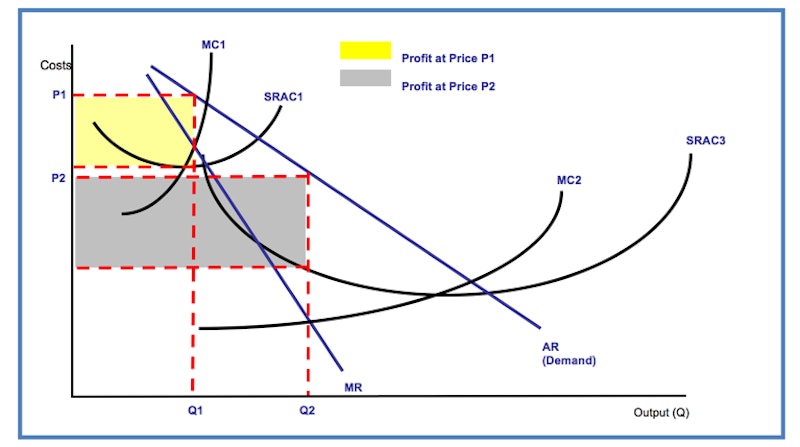Study Notes
Innovation and Invention in Markets
- Level:
- A-Level
- Board:
- AQA, Edexcel, OCR, IB
Last updated 22 Mar 2021
The Oxford English Dictionary defines innovation as “making changes to something established"
Innovation and invention
The Oxford English Dictionary defines innovation as “making changes to something established"
Invention is the act of “coming upon or finding: discovery"
Often associated with small, subtle changes to the characteristics and performance of a product
New markets and “synergy demand":
- Product innovation creates new markets e.g. for electronic cigarettes or tablet computers
- Innovation creates synergy demand e.g. new smart phones increase demand for apps
Sustaining and disruptive innovations
- Many new products are similar to existing ones – these are “sustaining innovations"
- “Disruptive innovations" upset the status quo. Joseph Schumpeter said that innovation creates “gales of creative destruction".
Examples of disruptive innovations:
- Online streaming services, such as Spotify, Deezer and MixRadio – digital streamed music digital now accounts for 50% of UK music industry revenues
- The Uber app is a challenge to the market power of established taxi companies
- Air BNB challenges dominant hotel chains in many cities around the world
Innovation and dynamic efficiency
Dynamic efficiency focuses on changes in consumer choice available in a market together with the quality/performance of goods and services that we buy
Innovation can stimulate improvements in dynamic efficiency, always providing that the innovations that come to market are appropriate in satisfying our changing needs and wants
Innovation as a barrier to entry
Innovation can be a barrier to entry in markets
Property rights embedded in product innovations might be protected by patent laws
There can be a “first mover advantage" for successful innovators that gives them scope to exploit some monopoly power in a market.
- But high rates of innovation reduce barriers to entry
- Technology may free businesses from a single source of supply – e.g. Open Source software
- Technology may not necessarily be a source of competitive advantage – if competitors exploit it too
Process innovation
- Process innovations involve changes to how production takes place, be it on the factory floor, business logistics or innovative behaviour in managing employees in the workplace.
- The effects can be both on a firm's cost structure (i.e. the ratio of fixed to variable costs) as well as the balance of factor inputs used in production (i.e. labour and capital)
Cost reducing innovations - impact on prices and profits and consumer welfare
Cost reducing innovations cause an outward shift in market supply and they provide the scope for businesses to enjoy higher profit margins with a given level of demand.
Process innovation should also lead to a more efficient use of resources.
The diagram below uses cost and revenue curves to show the effect of driving down production costs from SRAC1 to SRAC2 – leading to lower prices and a higher output.
You could also use this diagram to show the gains in producer and consumer surplus that come from cost-reducing innovation and technological change. Consumers stand to gain from such innovation in that they should be able to expect lower prices. This increases their real incomes.

You might also like

Building the Entrepreneurial State
2nd April 2015

Ethical dilemmas facing Japanese academics
4th March 2016

Comparative Advantage: China (Finally) Masters the BallPoint Pen
3rd February 2017

Innovation can challenge the digital monopolies
25th April 2018
Theory of the Firm – Key Conditions and Formulae
Topic Videos
How can we make washing machines last?
8th March 2021

Circular economy - the companies making stuff from CO2
7th December 2021
Daily Email Updates
Subscribe to our daily digest and get the day’s content delivered fresh to your inbox every morning at 7am.
Signup for emails